

|
Home Updates Hydros Cars Engines Contacts Links ←Pit Box17 Pit Box 18→ Pit Box Index |
|
Pit Box 2018 |
|
|
Raylites Raylite Supplies of Arkwright Street in Nottingham started to produce these tyres in 1948 which were intended for serious racing. They are unique in having the tyres moulded onto a perforated aluminium disc that could be bolted directly to a shaft or used with bearings if hubs were turned up. Initially tested up to
28,000rpm but later 25,000 although this was up to treble the
speed of any cars of the period that might use them. They were
standard fitting for all Oliver cars and motors and replica
versions are still being produced. The tyres were available in a
variety of sizes from 2 1/2" diameter up to 4". Cost per pair
has risen from 9/6 a pair (47.5p) to £14 for the same size. |
|
|
Barn Find?
This is the mortal remains of an M&E
Special, somewhat battered as can be seen. What makes it
remarkable is that is has the original ignition tray, battery
box, coils and condenser clips, plus the correct fuel tank
and fuel pipes, which is most rare. In fact, all the vital parts
are there including the ignition knock off and the Bowden cable
bridle. The only pieces that were beyond repair were the three
broken radius rods, which are nothing more complex than 1/8th
rod. If that was not enough, a serial number of 1019 makes it
one of the very earliest cars to be produced. |
|
|
Number 222 This car arrived as a box of parts and quickly identified as having been built by Horst Denneler in the early 80s. The serial number 222 is not recorded in the data base or in any results we have found, so it was not until this summer that we discovered that it was originally supplied to Ernst Huber in 1982, and then given to Christoph Zaugg to run, before ending its days intended as a car for 'horsing' practice. It is now being renovated and a GRP body being made for it by Aaron Monk. Now over 25 years old, yet Horst is currently running an identical model in Class 3. OTW photo Oct 2018 |
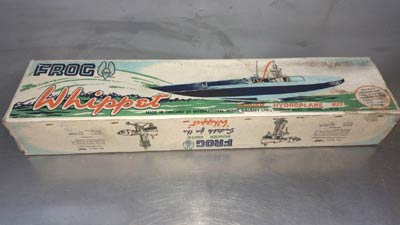 |
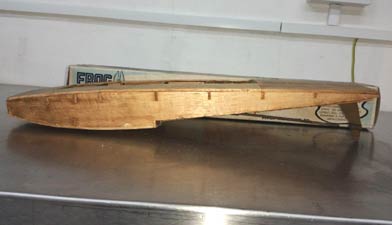 |
|
Frog Whippet: |
|
|
|
Rischer Rotary Peter Rischer, who survived being a F104 Starfighter pilot, is renowned for producing superbly engineered cars and motors. Most though, are examples of lateral thinking in the development process. |
|
The strange profile of this car is entirely
due to the 5cc Wankel rotary engine installed in the mid section,
hardly the most appropriate for reducing frontal area. The car
is credited with a maximum speed of 197kmh. The
circular section is carried through the body and chassis, making
it one of the most unusual cars we have featured. It does carry
Peter's name and that of his neighbour Dr Fabritius as it was
part of his collection before being sold to Tom Sturm. Now minus
the aluminium cowling over the mid section and wheels it has
appeared on ebay on several occasions, although with a very
hefty starting price that has not yet tempted anyone. |
|
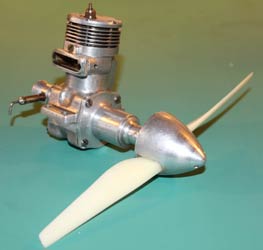 |
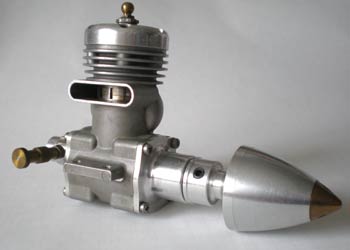 |
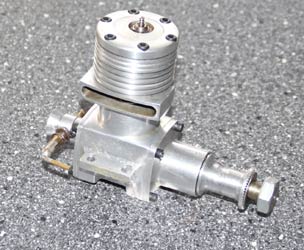 |
|
Fred Carter gallery: |
||
 |
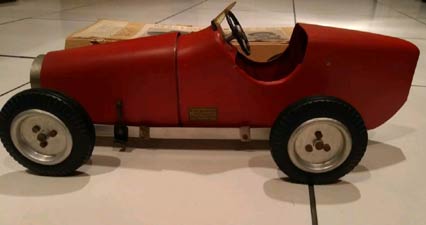 |
|
Unique M&E Artefact: |
|
|
|
Hardly a 'Dooling' Which it was described as, and priced accordingly, despite this being all there was. In fact it proved to be significantly more interesting, being one of many either built by or from castings by Eric Parmenter in Australia. A number of these cars have come to light with a wide variety of motors and drive systems. At least it was a genuine and original car, unlike the Nylint McCoy the dealer was also trying to flog. Happily, this car has been bought by a true mite enthusiast and properly restored. Thanks to John Lorenz for details. OTW photo May 2018 |
|
|
Rowell hoard This amazing collection of original Rowell components was discovered at a car boot sale in Lincolnshire. The lucky purchaser had owned a Rowell many years ago so was well aware of what he had discovered. There is a MKI and two MKIIs with one backplate for each version. Could these have originated from Brian Sheriff when he cleared his father's model shop in Dundee in the 1960s? Not too much work required to have three complete motors, especially as dies still exist for some of the parts. Thanks to Ian Douglas for this wonderful item and the photos. April 2018 |
|
|
Missing Link? Usually, the 5cc Falcon from 1066 Products is found in kit form in a long rectangular, partitioned box. It is believed that there were a number supplied ready to run from the factory and we wonder if this was indeed the box for one such? The box and labelling look original and it is unlikely a kit of parts would have been packed in this way, so we can be reasonably confident that this indeed an original package for a factory produced motor. Just as a number of alternative boxes have turned up for the MRC car kit, so this adds more to the 1066 story and the knowledge of this company. Still looking for the 24" hydro. Thanks to Eric Offen for this item March 2018 |
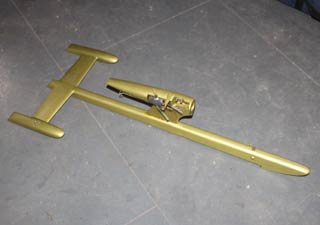 |
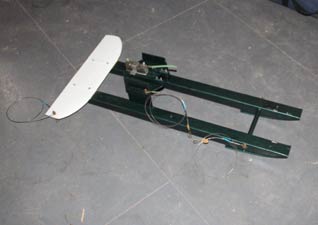 |
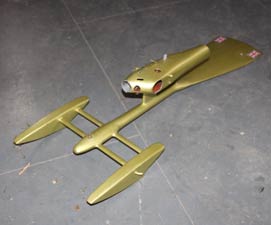 |
|
A trio of B1 Airscrew
boats. |
||
 |
 |
|
ETA 5 Twin: |
|
©copyrightOTW2018